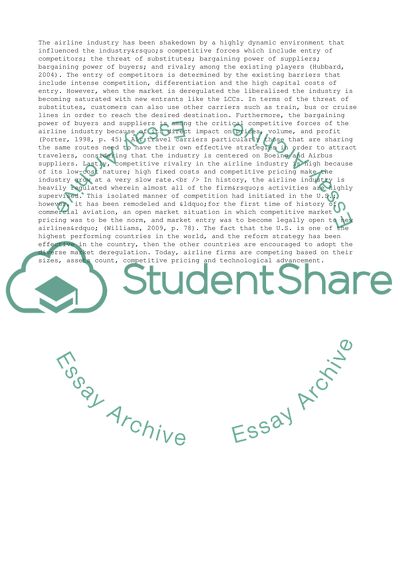Cite this document
(Macro Issues That Affect Airlines Industry Case Study - 1, n.d.)
Macro Issues That Affect Airlines Industry Case Study - 1. Retrieved from https://studentshare.org/business/1751197-continue-american-airlines
Macro Issues That Affect Airlines Industry Case Study - 1. Retrieved from https://studentshare.org/business/1751197-continue-american-airlines
(Macro Issues That Affect Airlines Industry Case Study - 1)
Macro Issues That Affect Airlines Industry Case Study - 1. https://studentshare.org/business/1751197-continue-american-airlines.
Macro Issues That Affect Airlines Industry Case Study - 1. https://studentshare.org/business/1751197-continue-american-airlines.
“Macro Issues That Affect Airlines Industry Case Study - 1”. https://studentshare.org/business/1751197-continue-american-airlines.


